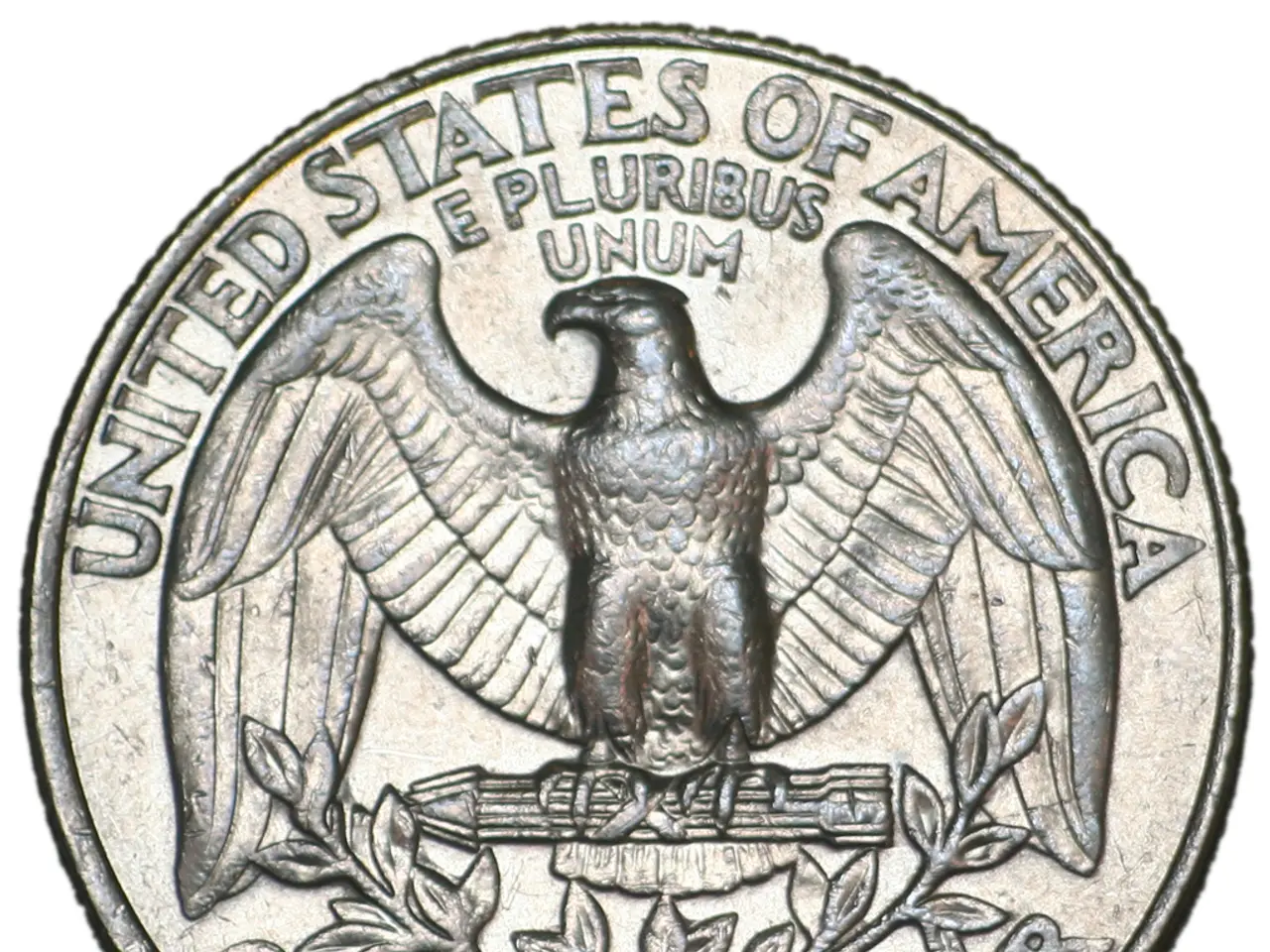Lloyds Bank in Aberdeen employs tokenized securities in foreign exchange transactions through the Hedera platform.
The UK's financial markets have taken a significant step forward with the successful completion of the country's first foreign exchange (FX) trades using tokenized real-world assets as collateral. This groundbreaking achievement is a result of a collaboration between Archax, Lloyds Banking Group, and Aberdeen Investments.
At the heart of this development are tokenized units of Aberdeen Investments’ money market fund (tMMF) and tokenized UK gilts. These assets were issued, transferred, and securely held by Archax, a UK FCA-regulated digital asset exchange, on the Hedera Hashgraph public permissioned blockchain.
The transaction, which occurred outside the UK's Digital Securities Sandbox (DSS), was conducted under existing UK legal frameworks without the need for new legal structures. This demonstrates compliance and regulatory compatibility, paving the way for wider adoption of tokenized collateral in the UK's financial markets.
The UK FX and interest rate derivatives market is immense, with daily volumes exceeding $5 trillion. Using tokenized collateral in such a market promises to streamline margining processes, reduce operational costs and friction, enhance collateral efficiency, and minimize counterparty risk.
This initiative showcases the UK's potential to be a global hub for digital asset innovation. Tokenized collateral can enable near-instantaneous, programmable, and secure transfers, contrasting with traditional slower settlement processes. Wider adoption could reduce systemic risks during market stress by enabling digital transfers instead of forced asset sales, thereby lowering volatility.
Peter Left, Head of Digital Finance at Lloyds Banking Group, emphasized the milestone nature of the transaction, stating that "regulated digital assets can be used as collateral under existing UK law." Graham Rodford, CEO of Archax, noted the power of regulated digital infrastructure to meet institutional needs effectively.
The UK commands the largest market share at 43% in the tokenized collateral market. The UK Digital Securities Sandbox (DSS) aims to provide tokenized gilts, and Archax's subsidiary Montis has applied to participate in the DSS, although no entrants have yet received approval to go live.
The Hedera Foundation backs Archax, but Lloyds Banking Group has not disclosed any investment in the platform as of yet. The over-the-counter FX and interest rate derivatives markets represent the world's largest markets in notional terms, with approximately $15 trillion in daily volumes as of 2022.
This pilot is part of a broader industry trend toward modernization of collateral systems using blockchain and tokenization, with parallels seen in other markets such as the 2023 collaboration between J.P. Morgan, BlackRock, and Barclays in the US. With this landmark UK collaboration, the future of collateral management in the UK's financial markets looks promising, setting the stage for wider adoption and innovation.
- The successful completion of the UK's first foreign exchange trades using tokenized real-world assets as collateral was facilitated by collaborations between companies like Archax, Lloyds Banking Group, and Aberdeen Investments.
- Tokenized units of Aberdeen Investments’ money market fund (tMMF) and tokenized UK gilts, issued and held by Archax on the Hedera Hashgraph public permissioned blockchain, were used as collateral in this groundbreaking transaction.
- Despite taking place outside the UK's Digital Securities Sandbox, the transaction occurred under existing UK legal frameworks, demonstrating compliance and regulatory compatibility for wider adoption of tokenized collateral in the UK's financial markets.
- Tokenized collateral can potentially streamline margining processes, reduce operational costs, enhance collateral efficiency, and minimize counterparty risk in the UK's vast FX and interest rate derivatives market, whose daily volumes exceed $5 trillion.
- The UK's potential to become a global hub for digital asset innovation is evident as initiatives like this showcase the power of regulated digital infrastructure to meet institutional needs effectively, paving the way for wider adoption of tokenized collateral.




